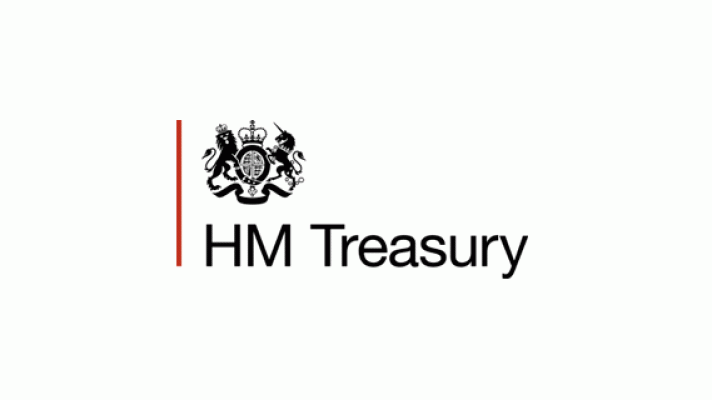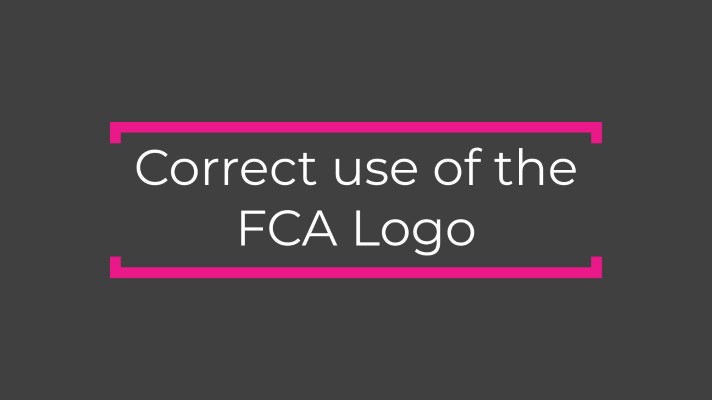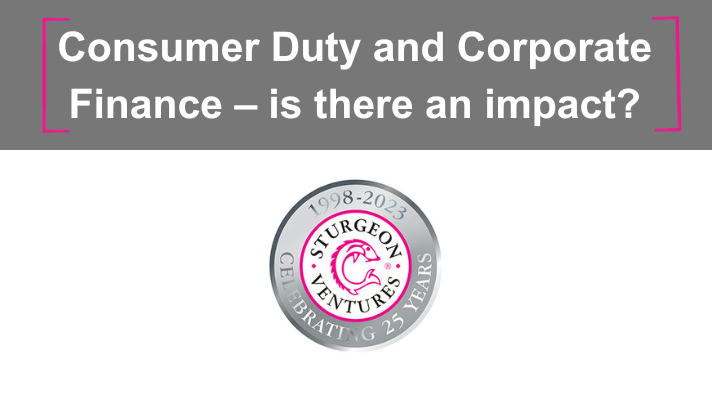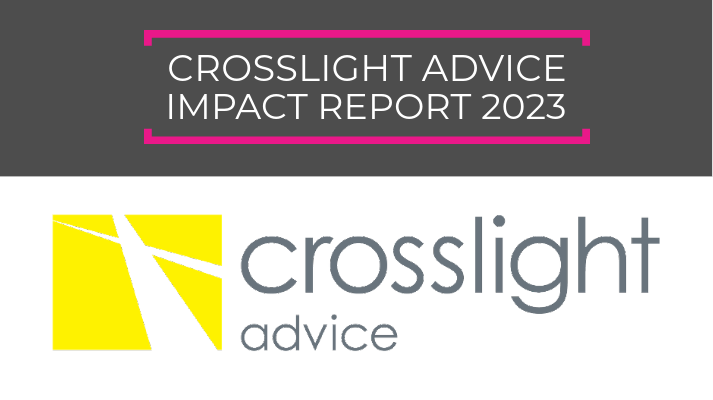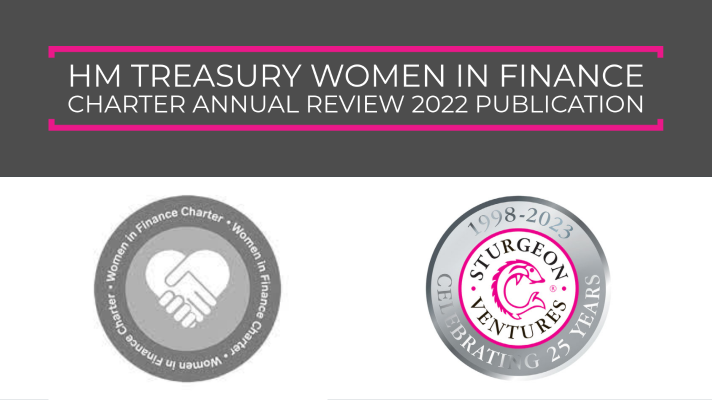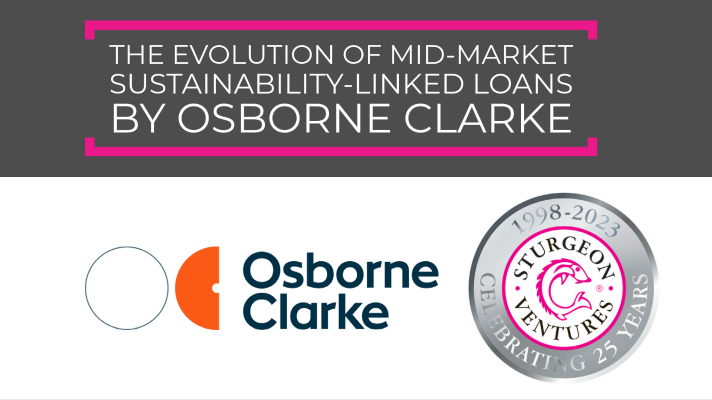HM Treasury Women in Finance Charter – latest report by New Financial
Gender balance in UK financial services has leapt up the agenda since the launch of the HM Treasury Women in Finance Charter in March 2016. We worked with HMT to analyse all 71 submissions across the Charter principles. This report establishes a starting point for levels of women in senior management today, the targets signatories are aiming for, and how they are using the Charter principles to achieve those targets.
The highlights of the report are:
- The first wave of signatories to the HM Treasury Women in Finance Charter are starting out with average female representation in senior management of 27%, and are aiming to hit 35% over the next three to five years.
- The starting point for signatories today ranges from 10% up to 47%* for senior female representation. Half of signatories currently have between 20% and 40% of senior roles held by women, and 10 already have parity or more women than men in those roles.
- There is a wide range in ambition amongst signatories. Targets range from 21% to 50%* with 15 firms aiming for at least 50% female senior management over the next five years.
- There are clear differences by sector, ranging from a starting point of 23% female management at global banks and asset managers, up to 36% for professional services firms. Banks have set the most ambitious targets relative to today’s levels, aiming for an increase in senior women of more than 40% over the next five years.
- Company size also has an impact. Medium-sized companies face the steepest climb – firms with 500 to 1000 employees aim to increase the level of women in senior management by nearly 50% on average.
- Two-thirds of signatories have named men as their executive accountable for diversity and inclusion actions, and nearly half have named their CEO.
- Nearly three-quarters of the first wave of signatories indicated a timeframe for their proposed target for women in senior management, with 60% aiming to reach their targets over the next three years.
- Incorporating gender diversity targets into bonus awards or as part of a balanced scorecard approach are the most common ways of linking targets to manager’s pay, with more than 60% tying targets to bonuses and nearly half using a balanced scorecard.
- A fifth of signatories (15 firms) have already met or exceeded their targets. For them, being a Charter signatory is a means of publicly showing their commitment to gender diversity and sharing best practice.
(*excluding firms that have already met or exceeded their targets)
If you would like to read the full report, please download the pdf here:

![]()


